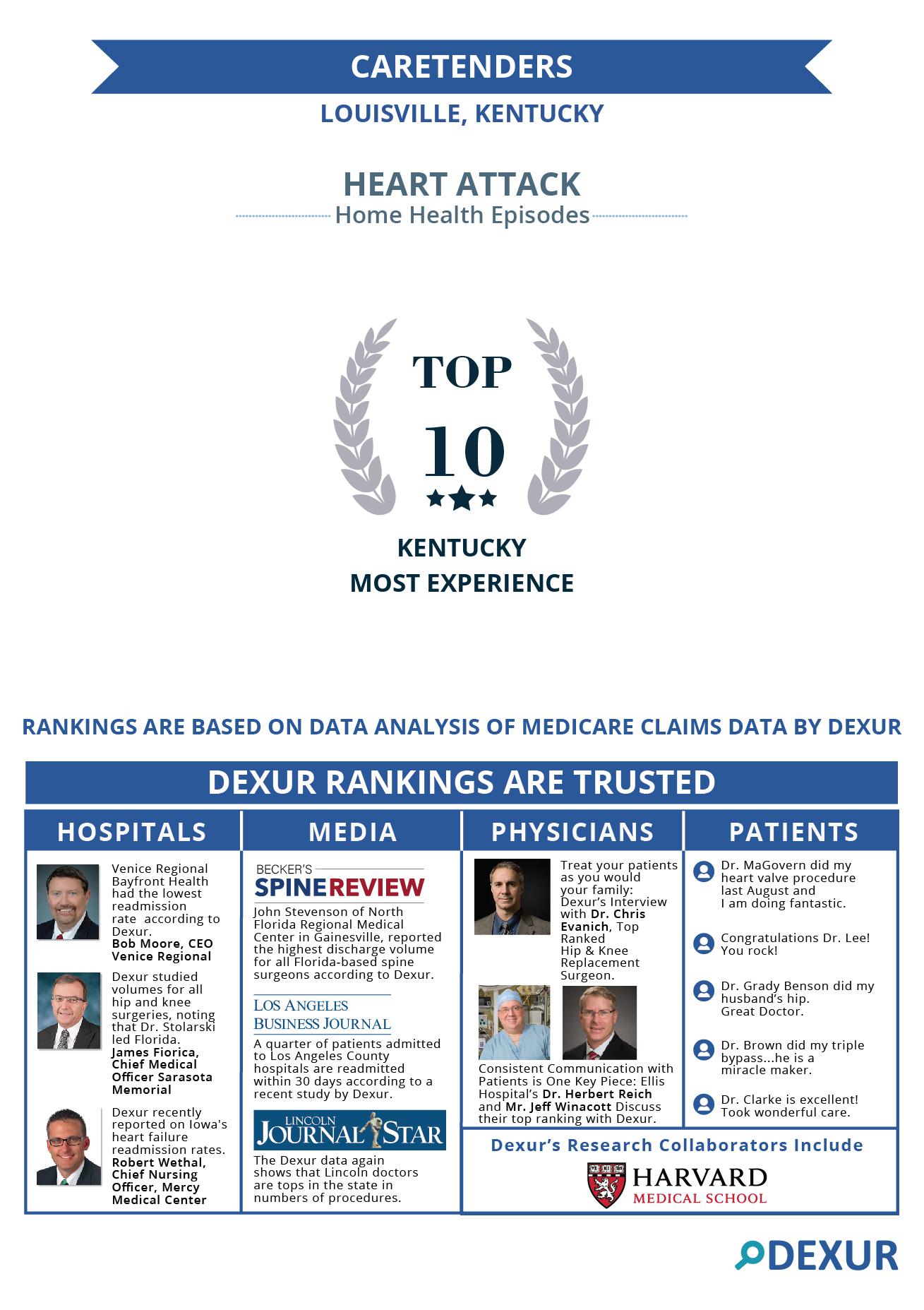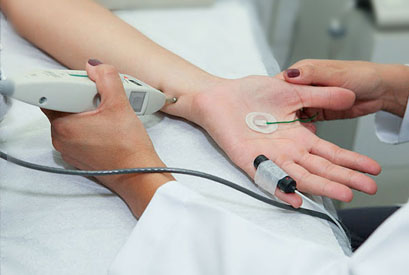
There are three types imaging tests: X-rays, CT scans, and MRI. These procedures are all different and can be confusing. Read on to learn more. You might be wondering whether you should have one. This article will help to choose the right imaging test. It's not difficult to get a medical imaging image. Here are some facts about each.
X-ray
Although Xrays do not use radiation, they are generally safe. While Xrays are safe for adults, the radiation is not safe for babies. It is important that pregnant women, or anyone who plans to become pregnant, inform their doctor before they undergo an Xray. An MRI might be an option. If you are pregnant, your physician may recommend X-rays.
Many insurance policies will cover medically needed Xrays. However, there may be an out-of-pocket cost for this procedure, depending on your plan type. If your deductible is not met, you may be responsible for the full cost of the X-ray. You can also call ahead and get an estimate of the cost before you go. A hospital will also be happy to provide an exact quote. It will help you know what to expect, since the price varies from one hospital to the next.

CT scan
A CT scan refers to a type medical imaging test. It involves taking a series x-rays from various angles. A doctor will then examine them to determine the severity. The CT scanner has a small motorized examination table that can slide into the center of patients' beds. The CT scanner is equipped with a tiny, pencil-thin xray tube that rotates and sends xrays to precise angles all over the body. To create a black-and white image of the body, each angle's information is fed into a computer. Special contrast materials are used to create a clearer image during a CT scanning. These substances can be inhaled or inserted through a vein.
The process can take 20 to 30 minutes. The pictures are then sent to a radiologist for evaluation. The radiologist will interpret the pictures and explain their findings. A scan without contrast may be preferred by people with allergies. Some people may need to be administered steroids or medication to avoid an allergic reaction. These conditions should be reported to your doctor for the best possible treatment.
MRI
An MRI imaging procedure is a non-invasive medical procedure which uses magnetic waves in order to take detailed images of your body. This procedure takes anywhere from 15 to 90 minutes. Pregnant women will need to change for the procedure if their hearing aids or metal implants are present. It is important that pregnant women discuss the procedure with their doctor prior to having an MRI. If there are any metal implants in their body, they should inform their healthcare provider so that they can be removed before the scan.
MRI imaging tests are useful for determining the extent of a tumor or other abnormality. Because they don't require any invasive procedures, they are a great option to monitor the progress of cancer treatment. PET-CT scans can be scanned using radiation. MRIs don't. But it can be dangerous for children. An MRI with contrast may be offered to children who are scheduled for a PET scan. This procedure has many benefits over a CT scanner.

Ultrasound
You will need to be dressed appropriately for an ultrasound. You might want to bring a previous radiology test. Your health professional will be able to explain the test in detail to you and answer any questions you might have. Once the examination has been completed, the health professional will review the images and discuss the results with you.
The ultrasound does not use radiation and is completely painless. It is useful for imaging internal organs and is often used to guide a doctor during an interventional procedure. Specialized ultrasounds can be used to assess blood flow through veins and arteries. You will receive a CD of the results of your ultrasound examination upon completion. Keep this CD as part of your medical history. If your doctor detects any abnormalities, or recommends further treatment, he'll recommend a course.
FAQ
What are the different health care services?
Patients should be aware of the fact that they have 24/7 access to high-quality healthcare. Whether you need an urgent appointment or a routine check-up, we're here to help.
There are many options for appointments. These include walk-ins, same-day procedures, emergency department visits and outpatient procedures. We offer home care visits to those who live far from our clinic. You don't have to come into our office if you are not comfortable. We'll make sure that you receive prompt care at your local hospital.
Our team includes nurses, doctors, pharmacists, dentists, and other professionals dedicated to providing excellent patient service. We want to make your visit as comfortable and painless possible.
Who owns the healthcare system?
It all depends on how you view it. The government might own public hospitals. Private companies may run private hospitals. Or you can combine both.
What about the role played by the private sector?
Healthcare delivery is a critical task for the private sector. It supplies equipment, among other things, that is used by hospitals.
It pays some staff who work in hospitals. They should also be able to contribute to the running of the system.
However, there are limitations to what they can offer.
Private providers are not always able to compete with the free services offered by governments.
They should not attempt to run the entire system. This could result in a system that isn't cost-effective.
Statistics
- The health share of the Gross domestic product (GDP) is expected to continue its upward trend, reaching 19.9 percent of GDP by 2025. (en.wikipedia.org)
- For instance, Chinese hospital charges tend toward 50% for drugs, another major percentage for equipment, and a small percentage for healthcare professional fees. (en.wikipedia.org)
- For the most part, that's true—over 80 percent of patients are over the age of 65. (rasmussen.edu)
- Healthcare Occupations PRINTER-FRIENDLY Employment in healthcare occupations is projected to grow 16 percent from 2020 to 2030, much faster than the average for all occupations, adding about 2.6 million new jobs. (bls.gov)
- Consuming over 10 percent of [3] (en.wikipedia.org)
External Links
How To
What are the Four Health Systems?
Healthcare is a complex network that includes hospitals, clinics and pharmaceutical companies as well as insurance providers, government agencies, public officials and other organizations.
The goal of this infographic was to provide information to people interested in understanding the US health care system.
Here are some key points:
-
The annual healthcare expenditure is $2 trillion. This represents 17% the GDP. It's nearly twice the size as the entire defense budget.
-
Medical inflation reached 6.6% in 2015, which is more than any other consumer group.
-
On average, Americans spend 9% of their income on health costs.
-
There were more than 300 million Americans without insurance as of 2014.
-
Although the Affordable Healthcare Act (ACA), was passed into law, implementation has not been completed. There are still major gaps in coverage.
-
A majority of Americans believe the ACA should be maintained.
-
The US spends more money on healthcare than any other country in the world.
-
The total cost of healthcare would drop by $2.8 trillion annually if every American had affordable access.
-
Medicare, Medicaid, as well as private insurers, cover 56% all healthcare expenditures.
-
People don't have insurance for three reasons: they can't afford it ($25 Billion), don’t have enough time to search for it ($16.4 Billion), and don’t know about it ($14.7Billion).
-
There are two types of plans: HMO (health maintenance organization) and PPO (preferred provider organization).
-
Private insurance covers the majority of services including doctors, dentists and prescriptions.
-
Public programs cover hospitalization, outpatient surgery, nursing homes, hospice care, long-term care, and preventive care.
-
Medicare is a federal program providing senior citizens health coverage. It pays for hospital stays and skilled nursing facility stays.
-
Medicaid is a federal-state program that provides financial aid to low-income families and individuals who earn too little to be eligible for other benefits.